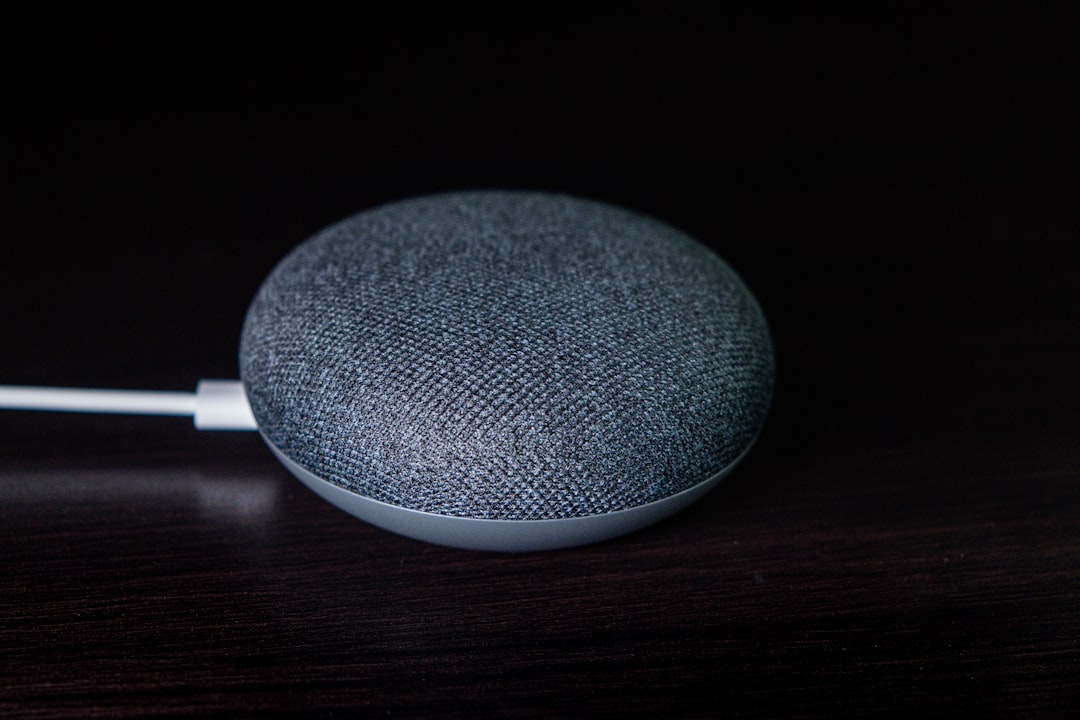What is it about?
A mass transfer model was developed to capture CO2 from a gas mixture in hollow fibre membrane contactors under laminar flow conditions. The axial and radial diffusions through membrane and convection in tube and shell sides with chemical reaction were investigated. COMSOL software was used to numerically solve a system of non-linear equations with boundary conditions by use of the finite element method. Three different amine solutions of monoethanolamine (MEA), diethanolamine (DEA) and n-methyldiethanolamine (MDEA) were chosen as absorbent in lumen to consider the mass transfer rate of CO2 and its removal efficiency. The modelling results were compared with experimental data available in the literature and a good agreement was observed. The CFD results revealed that MEA had the best performance for CO2 removal as compared to DEA and MDEA under various operating conditions due to the different CO2 loading factor of absorbents. Furthermore, efficiency of CO2 removal was highly dependent on the absorbent concentration and flow rate, increasing of the gas flow rate caused a reduction in gas residence time in the shell and consequently declined CO2 mass transfer. The modelling results showed the effect of absorbent concentration on the CO2 mass transfer was improved due to availability of absorbent reactants at the gas-liquid interface.
Featured Image
Read the Original
This page is a summary of: CFD Modelling of a Hollow Fibre Membrane for CO2 Removal by Aqueous Amine Solutions of MEA, DEA and MDEA, International Journal of Chemical Reactor Engineering, January 2016, De Gruyter,
DOI: 10.1515/ijcre-2014-0142.
You can read the full text:
Contributors
The following have contributed to this page










